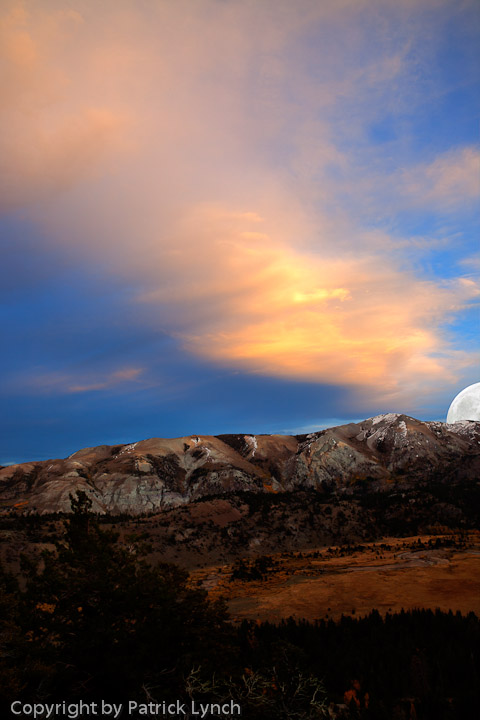 As a kid, I read Tom Swift books. In these he invented all sorts of very reasonable sounding incredible inventions. I kept wondering if he could do them in the books, why were they not actually invented yet, seemed simple enough in the books… The naiveness of a child. How does my naiveness show up today, or where or when do I choose not to be prepared?
As a kid, I read Tom Swift books. In these he invented all sorts of very reasonable sounding incredible inventions. I kept wondering if he could do them in the books, why were they not actually invented yet, seemed simple enough in the books… The naiveness of a child. How does my naiveness show up today, or where or when do I choose not to be prepared?
Over the years, I have learned, that if things looked simple and had not yet been done, that I was probably naive. It would be a call for me to dig into what was the reality.
The mass marketing of photography plays to this. ‘It is simple to get a great photo, just buy the latest technology and hold your finger down on the button until the great photo shows up.’ True, higher end stores like Keeble & Shuchat have a book section, but even many of these seem to promise ‘if only you did this’ you would have great photos.
But the truth is, there is a lot to consistently (as opposed to an occasional lucky shot) getting good (and sometimes great) photos. Yes, lucky is good, but ” Chance favors only the prepared mind” is still true today, otherwise it is just random chance.
What is the ‘prepared mind’? what do we need to do for ourselves to improve our photos? Let’s look at some of the things that go into a typical good photo.
- The photo is sharp (not usually fuzzy). So technology can help here, if it is used appropriately.
- We can use a tripod
- We can use image stabilization
- We can use faster shutter speed (what are we trading off for this?)
- Do we have the picture focused on the right thing, or are we focusing on the wrong point…?
- Is the image lit correctly? Do I have the correct exposure?
- Cameras today have built in exposure systems that are very good at generating snapshot like images. However, if you want a dramatic image, then you might have to understand lighting; low angle light vs overhead light, or flat even light vs. hard light, or the color of the light (before or after sunrise, or mid day).
- Composition – There are so many things here, and there is not nearly the help from technology that there are for sharpness and exposure.
- Do I really want the subject dead center, or do I want it some place else?
- Remember rule of thirds
- Don’t put the horizon on the mid line
- Make sure that there is not ‘extra’ in the photo
- No strong lines coming out of someone’s head
- No extraneous lines that are not contributing (twigs, branches, arms…)
- Make sure that borders and corners are clean and are not distracting
- Are you or can you frame the photo?
- Do the lines lead you into the photo?
- Is the expression on the face the expression you want? (or is their mouth open?)
- … and the list goes on ….
And if you can do all of the above in the 2 seconds that you bring the camera to your eye and snap, you are a better person than I.
What is a prepared mind with regard to photography? For me, and folks that I work with it means that we practice evaluating photos to see what works and what doesn’t work in photos. We practice enough that looking at a photo on the screen or in the camera or in magazines, until it is second nature to figure out what works and what doesn’t work. Where does naiveness show up in your photography?
So, we can try and practice with our own photos, but I have found that usually doesn’t work very well, particularly for learning in the beginning. What I have found works much better is to practice with other people’s photos. I strongly recommend that you get yourself an account on 500px . Then force yourself to write reviews of photos. Having to write a review forces you to evaluate the photo and what works and does not work in it. After a few hundred reviews you will understand what sorts of things work in photos and what does not. This is the practice that creates the prepared mind. And now, taking good photos is not so naively simple.
Oh, and remember,
HAVE FUN
PLP




